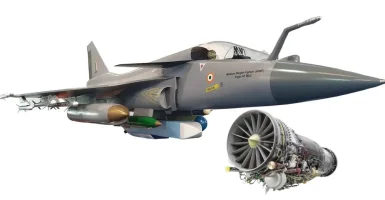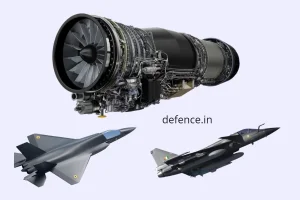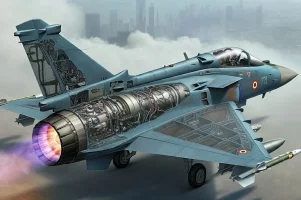- Views: 2K
- Replies: 17
The Indian Air Force's (IAF) pursuit of a modern fighter jet fleet has sparked lively debate, particularly surrounding the Tejas Mk2. While officially classified as a 4.5 generation fighter, a vocal segment of the defence community on X (formerly Twitter) argues that the Tejas Mk2 should have been developed as a single-engined, fifth-generation stealth fighter, drawing inspiration from the Advanced Medium Combat Aircraft (AMCA) program.
Proponents of this idea highlight several potential benefits:
- Reduced Costs: A single-engine design would be significantly cheaper than the twin-engine configuration of the AMCA, making the aircraft more affordable for the IAF and potentially boosting its export prospects.
- Shared Development: Leveraging the AMCA's stealth technology, design elements, and avionics could lead to shared development efforts, reducing R&D expenses and ensuring a similar operational philosophy for both aircraft.
- Dual-Purpose Solution: A stealth-capable Tejas Mk2 could fulfill both the Medium Multi-Role Combat Aircraft (MMRCA) requirements and act as a stopgap fifth-generation fighter until the AMCA becomes fully operational.
This online discourse reflects a broader debate within India's defence community about the optimal path for national fighter jet development. While a single-engined, fifth-generation Tejas Mk2 holds appeal for its potential to address multiple operational needs efficiently, the realities of aerospace development, with its technical complexities, budgetary constraints, and strategic considerations, suggest that a more cautious, incremental approach may be more prudent.
Ultimately, the decision to pursue a 4.5 generation design for the Tejas Mk2 likely reflects a balance between ambition and pragmatism. It allows the IAF to acquire a capable and affordable fighter jet in the near term while continuing to pursue the more ambitious goal of developing a fully indigenous fifth-generation fighter with the AMCA program.



